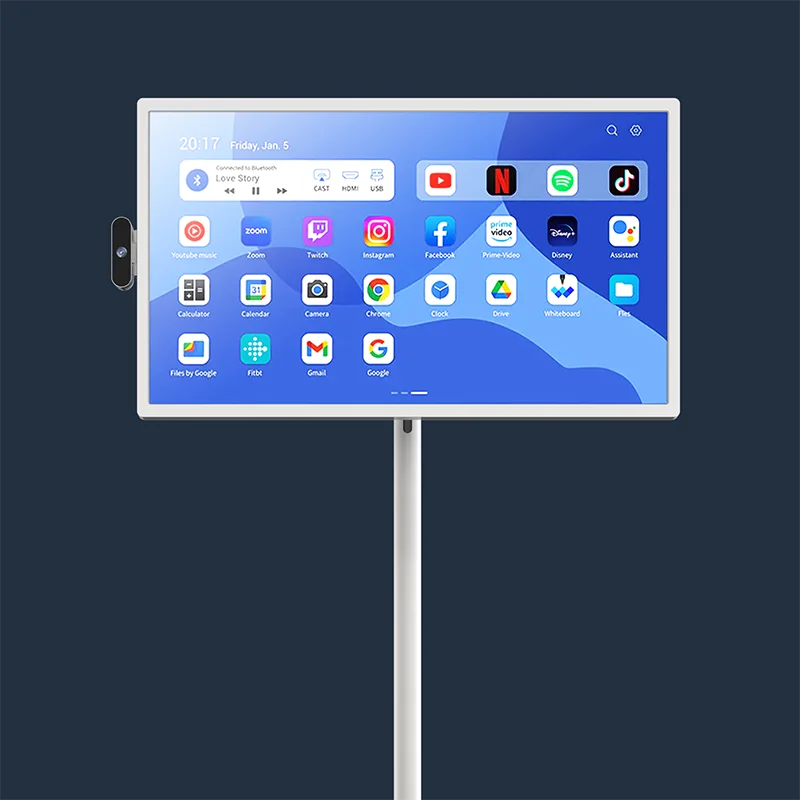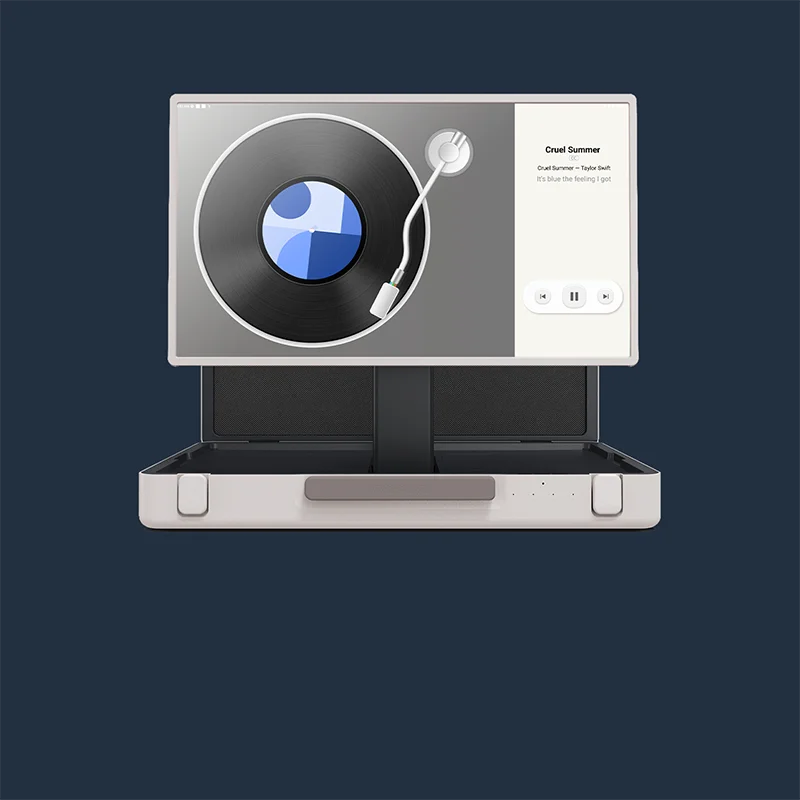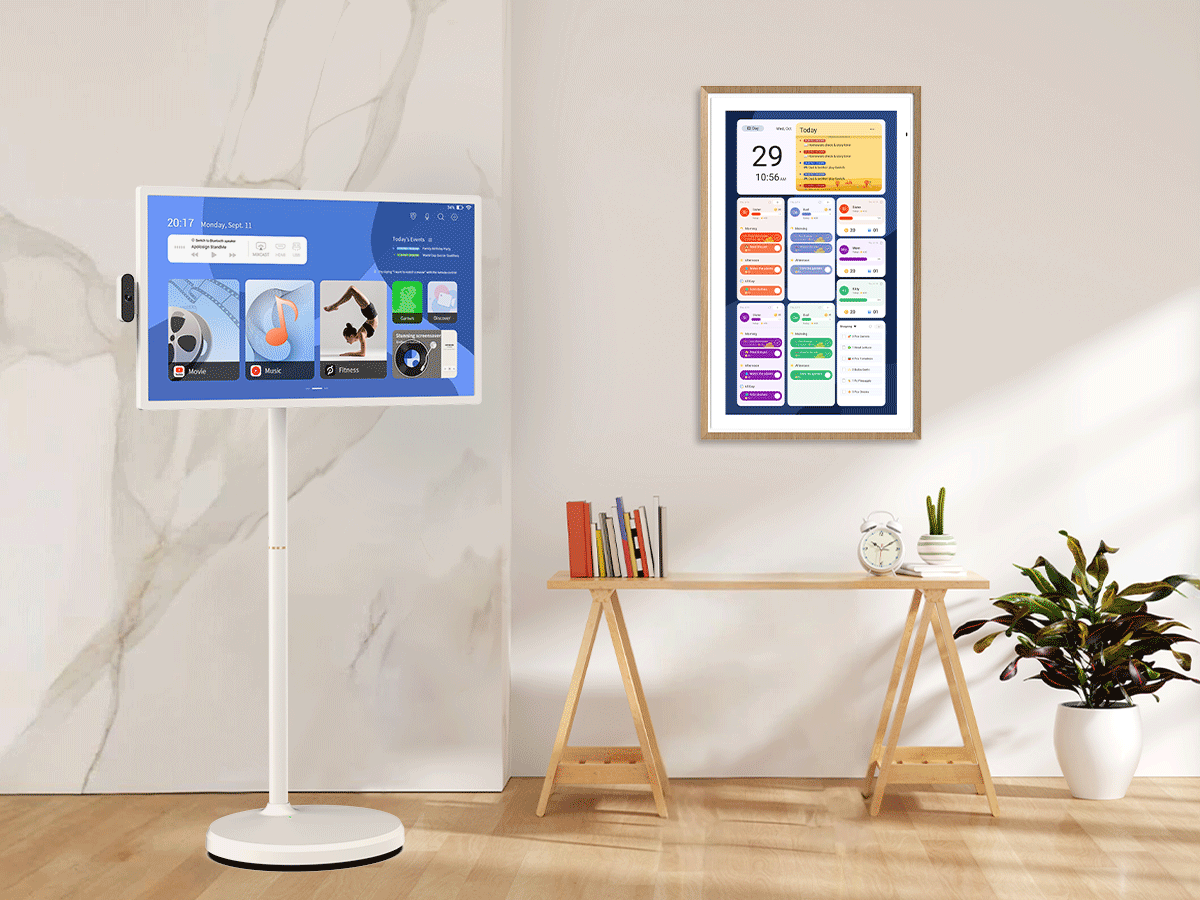Ever get that feeling? The one where a task seems to grow teeth and loom over you from the corner of the room? It’s not just you. We all have a built-in resistance to starting things, a mental hurdle that can feel impossibly high. But what if you could shrink that hurdle down to the size of a pebble?
That 'I'll Do It Later' Feeling? Let's Fix It in Two Minutes
Procrastination isn't a character flaw; it’s a battle against something scientists call "activation energy." Think of it like striking a match. The real effort isn't in the burning; it's in that initial, sharp friction needed to create the flame. Every task, from answering an email to running a marathon, has its own activation energy. The bigger and more intimidating the task, the more energy it demands just to get started. Our brains, being wonderfully efficient, often look at that high energy cost and say, "Nope, let's do that later."
The result is a pile-up of small, undone tasks that create a constant, low-grade hum of anxiety in the back of our minds. So, how do we lower the activation energy and just get started? With a beautifully simple principle: the 2-Minute Rule.
It’s a concept so straightforward it feels like a trick, but its power is rooted in how our brains work. It attacks procrastination from two different angles, giving you a complete toolkit for clearing out mental clutter and building incredible new habits.
The Two Sides of the 2-Minute Rule: Immediate Action vs. Habit Starting
The rule comes in two powerful flavors, each designed for a different kind of challenge.
First, there's the version popularized by productivity guru David Allen. His rule is simple: if an action takes less than two minutes to complete, do it right now. Don't write it down. Don't schedule it. Just do it. Answer that text. Put your coffee mug in the dishwasher. Confirm that appointment. A quick execution of these tiny tasks prevents them from accumulating into an overwhelming mountain of "should-dos" that drain your mental energy. It’s about clearing the decks so you can focus on what truly matters.
The second version comes from James Clear, author of Atomic Habits. His approach is for building new, bigger habits. The rule states: when you start a new habit, it should take less than two minutes to do. The goal isn't to achieve the final outcome immediately but to master the art of showing up.
Want to read more? Your new habit isn't "read 30 books a year"; it's "read one page." Want to get fit? Forget "run three miles"; your new habit is "put on your running shoes." Want to learn a language? Your habit is "open the language app for two minutes." These are what Clear calls "gateway habits." They are the entrance ramp to a highway of productivity. The first two minutes should be easy; the actions that follow can be challenging.
From Small Steps to Big Wins: Building Unstoppable Momentum
So, you’ve put on your running shoes. Now what? You’ve only committed to two minutes, but something funny happens once you start. It's often easier to keep going than it was to begin in the first place. That’s the magic of momentum.
Think of it like knocking over the first domino in a long, intricate line. That initial tap requires a deliberate push, but it unleashes a chain reaction that carries on with a life of its own. Completing a small task, even one as trivial as folding a single pair of socks, does something remarkable inside your brain. It triggers a release of dopamine, a neurotransmitter associated with pleasure and reward. Your brain gets a tiny "feel-good" hit and says, "Hey, that was nice. Let's do that again!"
Your brain doesn't really care if the win was big or small; an accomplishment is an accomplishment. A successful action creates a positive feedback loop. One small win builds confidence and provides the energy for the next, slightly bigger task. Soon, you have a "success cascade" where one achievement naturally flows into the next. You’re no longer relying on fickle motivation, which often shows up late and leaves early. You are generating your own momentum, which is far more reliable.
This domino effect can reshape your entire life. Someone who starts a two-minute habit of doing push-ups might soon find themselves naturally wanting to eat healthier, not because they planned it, but because their identity is shifting. They start to see themselves as a "healthy person," and their actions begin to align with that new self-perception. It all starts with one tiny domino.
Your Action Plan: 20+ Real-World Examples of the 2-Minute Rule
Ready to put theory into practice? Here are over 20 ways you can apply the 2-Minute Rule today, broken down into different areas of your life.
For Your Home:
- Put one dish in the dishwasher.
- Wipe down one kitchen counter.
- Take out the trash.
- Make your bed.
- Fold one item of clothing.
- Put your shoes away when you walk in the door.
- Sort the mail immediately.
For Your Work:
- Respond to one critical email.
- Open the document you've been avoiding.
- Write one sentence of that report.
- Organize the files on your computer desktop.
- Listen to one voicemail.
- Jot down three priorities for the day.
- Schedule that meeting you need to set up.
For Your Personal Growth:
- Read one page of a book.
- Do one minute of meditation.
- Roll out your yoga mat.
- Write one sentence in a journal.
- Put on your workout clothes.
- Fill up your water bottle.
- Practice one chord on the guitar.
Pick one. Just one. See what happens.

The Smart Way to Schedule Your Habits: Using a Digital Calendar to Stay on Track
The secret to a successful habit isn't just starting; it's consistency. And consistency relies on clear, obvious cues. A habit needs a trigger. While a sticky note on the fridge can work, a dynamic, central hub can supercharge your progress. Imagine your two-minute starter rituals—like "Roll out yoga mat"—appearing automatically every single day on a bright, clear screen in your kitchen. That's where a digital wall calendar becomes your secret weapon.
A device like the Apolosign 21.5" Digital Calendar is designed to be an environmental catalyst, lowering the activation energy for your entire family's good habits. It transforms a passive wall into an active command center for your life. You can schedule your two-minute "gateway habits" as daily recurring events. That visual reminder, right there in the heart of your home, acts as a powerful, unmissable cue.
Even better, you can use its built-in features to gamify the process. The Apolosign digital calendar allows you to set up routine tasks and assign points for completion. When you finish your two-minute task, you tap the screen and get that satisfying reward. It's a perfect way to harness the power of small wins and get that dopamine hit we talked about. You can create custom to-do lists for groceries, projects, or anything else, and its seamless syncing with apps like Google Calendar and Outlook means your plan is always up to date, wherever you are.
It becomes more than a calendar; it's a fully customizable digital planner for your life. You can arrange widgets for weather, music, and your to-do list, creating a personalized dashboard that keeps you focused and motivated. It’s the ultimate tool for designing an environment where good habits are the easiest, most obvious choice.
5 FAQs
Q1: What if my 'two-minute task' consistently takes longer, like five or ten minutes? Am I doing it wrong?
Not at all—that’s often the point! The rule is a starter motor, not an egg timer. The goal is to overcome the initial friction. However, if the thought of it taking ten minutes stops you from starting, your starter ritual is too big. Instead of "clean the kitchen," your task should be "load one dish into the dishwasher." The initial commitment must feel almost laughably easy.
Q2: How can a visual tool like a digital planner actually help with the mental battle of procrastination?
Procrastination thrives in ambiguity and feeds on the mental energy it takes to decide what to do next. A digital planner defeats ambiguity with absolute clarity. When your tiny, achievable starter habit ("Open my notes") is scheduled at a specific time and staring back at you from a large, bright screen, it removes the cognitive load of decision-making. It externalizes your willpower, acting as a powerful visual cue that triggers the habit loop we discussed.
Q3: I'm worried about getting distracted by lots of tiny, unimportant tasks. How do I stay focused on my big goals?
A brilliant question that highlights the need for strategy. Use the "do it now" rule for tasks that genuinely clear clutter and reduce mental noise. For your big goals, use the "start small" rule as a "gateway" to a scheduled block of deep work. For example, your calendar might have a two-minute task, "Open presentation file," which is the cue for a 60-minute block of focused work immediately following it. You’re using the small win to launch you into the important work, not distract from it.
Q4: Can this method work for a whole family, especially with kids who are prone to procrastinating on chores?
Absolutely. It's a fantastic system for families. The key is to reframe chores. Instead of "Clean your room," the task on a shared digital family calendar becomes "Put one toy in the bin." An advanced calendar like the Apolosign, with its points and rewards system, is perfect for this, turning dreaded chores into a fun game. The immediate, visible reward of earning a point is far more motivating for a child's brain than a distant allowance.
Q5: Is there a risk my brain will 'catch on' to this trick and stop falling for it?
It’s less of a trick and more of a partnership with your brain's natural wiring. Your brain won't "get tired" of the dopamine release from accomplishment any more than you'd get tired of food tasting good. The key is consistency. As you master the art of showing up, the two-minute start becomes less of a conscious strategy and more of an automatic ritual that precedes a larger routine, like a warm-up before a workout. It becomes the seamless, low-energy entrance ramp to a state of flow.










